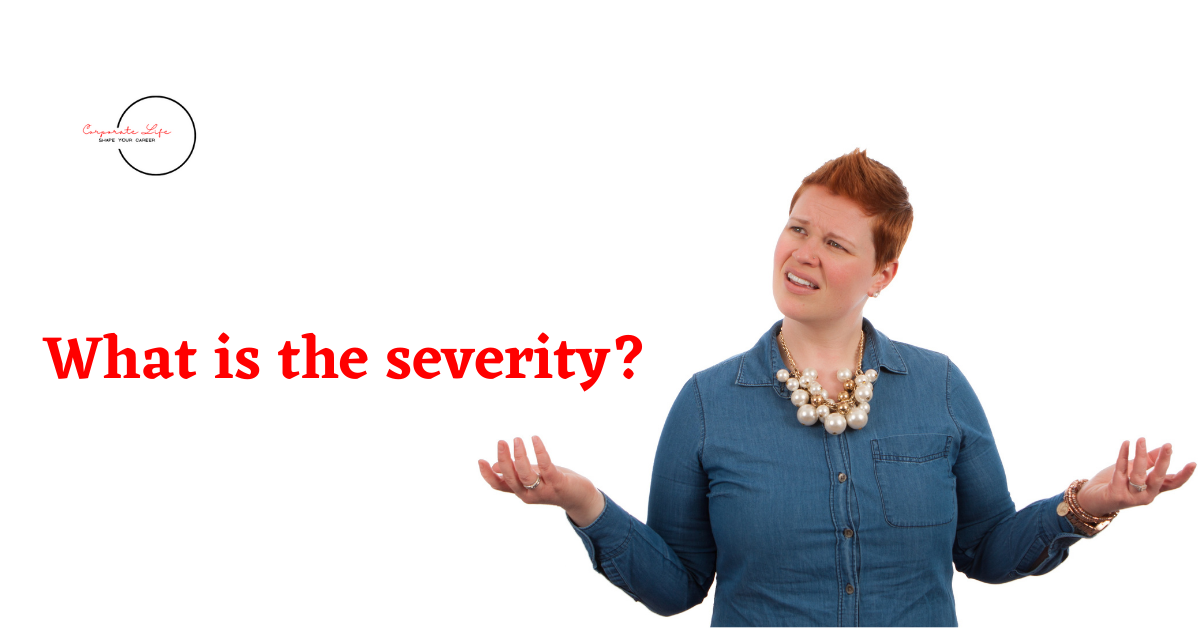Writing a LinkedIn summary is an opportunity to showcase your professional brand, highlight your skills and experience, and engage with potential employers or connections. Here’s a step-by-step guide to help you write an effective LinkedIn summary:
Understand your purpose:
Determine what you want to achieve with your LinkedIn profile. Are you looking for new job opportunities, networking, or establishing yourself as an industry expert? This will help you tailor your summary accordingly.
Start with a compelling opening:
Grab the reader’s attention with a strong opening statement. Consider incorporating your professional tagline or a brief description of your expertise, highlighting what sets you apart.
Share your value proposition:
Highlight your unique skills, experiences, and accomplishments that align with your career goals. Mention specific achievements, awards, or projects that demonstrate your expertise and value to employers or clients.
Use keywords strategically:
Incorporate relevant keywords throughout your summary to increase visibility in LinkedIn searches. Think about the terms hiring managers or potential clients might use when looking for someone with your skills or background.
Show your passion and personality:
Infuse your summary with your authentic voice and showcase your enthusiasm for your field. Share your professional interests, passions, and values to attract like-minded connections.
Provide a brief overview of your experience:
Summarize your professional background, focusing on the key roles, industries, or projects that are most relevant to your current goals. You can mention notable companies you’ve worked for, positions you’ve held, and any significant responsibilities you’ve had.
Demonstrate your expertise and skills:
Highlight your core competencies and areas of expertise. Mention specific skills or areas where you excel, especially those that are sought after in your industry. Consider using bullet points or a concise list to make this section easily scannable.
Include relevant qualifications or education:
If applicable, mention your educational background, certifications, or any additional qualifications that enhance your professional profile. This information can reinforce your expertise and credibility.
Engage with the reader:
Encourage readers to connect, reach out, or engage with you further. You can invite them to message you, visit your website or portfolio, or share any specific opportunities you’re seeking. End your summary on an inviting note.
Review and revise:
Once you’ve drafted your summary, review it for clarity, conciseness, and grammar. Ensure it represents your professional brand accurately and aligns with your overall LinkedIn profile.
Remember, your LinkedIn summary should be concise, compelling, and tailored to your professional goals. Regularly update and refine it to reflect your evolving skills, experiences, and aspirations.
Software Testing Jobs
- How to Handle Dynamic Web Elements in Selenium: A Guide for Testers
- Manual testing interview questions for 2 years experience
- Top Mobile Testing Interview Questions and Answers (2024 – 2025)
- Difference between soft assert and verify
- The Annotation Hierarchy in TestNG: A Complete Guide for Test Automation
- Exclusive Automation Testing Job Updates: Your Key to Securing Top Roles in 2024
Here’s an example of a LinkedIn summary for a Software Test Engineer:
“Passionate Software Test Engineer with a proven track record of ensuring quality and reliability in software development. With [X] years of experience in the industry, I thrive in fast-paced environments, collaborating with cross-functional teams to deliver high-performing applications.
My expertise lies in designing and executing comprehensive test plans, identifying and documenting software defects, and driving their resolution. I have hands-on experience with a wide range of testing methodologies, including functional testing, regression testing, performance testing, and test automation.
Throughout my career, I have successfully contributed to the successful launch of multiple software products, working closely with developers and stakeholders to ensure seamless integration and a positive user experience. My strong analytical skills enable me to quickly identify areas for improvement and optimize test processes for efficiency and effectiveness.
In addition to my technical skills, I am a strong communicator and collaborator. I thrive in team-oriented environments, effectively communicating complex technical concepts to both technical and non-technical stakeholders. I take pride in my ability to build strong relationships and foster a collaborative work culture.
I hold a [relevant certification or degree] and stay up-to-date with the latest industry trends and technologies. I am always seeking opportunities to expand my knowledge and skill set, continuously learning and applying new techniques to deliver exceptional results.
If you’re looking for a detail-oriented Software Test Engineer who is passionate about ensuring the highest level of quality in software development, let’s connect! I’m open to discussing new opportunities, sharing insights, or simply expanding our professional networks. Feel free to reach out to me directly or visit my website [if applicable] for more information.
Let’s make software testing a seamless part of your development process and drive excellence together!”
Remember to customize the summary based on your specific experience, skills, and career goals.




